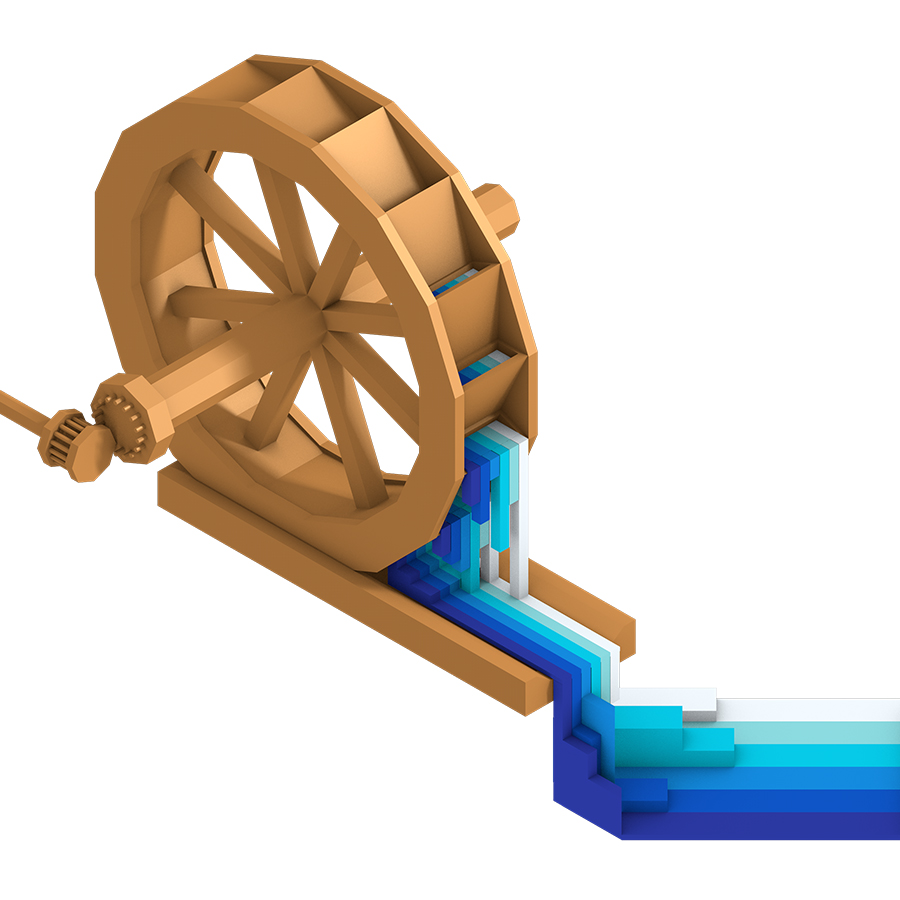Don’t get burned by the alphabet soup of financial instruments

If money only makes a difference when it moves, financial instruments are the working parts, the circling water wheels that convert flowing water into energy and power, the navigational locks that regulate its forward movement.
The old guard: stocks, bonds, mutual funds, derivatives, futures and options.
Now, along comes an animation, a flying, highly pixelated, gray-faced cat with a strawberry Pop-Tart back and a pixel rainbow trailing behind. This is Nyan Cat, a 10-year-old meme. But it’s not just a meme. It has become a non-fungible token, or NFT. That means it’s officially considered art, and Nyan Cat — among countless digital images found all over the internet — is one of the latest iterations of the financial instrument.
NFTs like Nyan Cat, which back in February sold for nearly $600,000 as one-of-a-kind crypto art, can be seen millions of places on the internet. But NFTs, no matter how seemingly silly or meta, have just one owner.
Non-fungible tokens are a burgeoning digital presence. A “non-fungible” thing is unique. It can’t be replaced with something else, like a unique trading card. NFTs are part of the Ethereum blockchain, but they aren’t cryptocurrency. An NFT could fall into the category of anything that is digital-only and can be purchased. Right now, enthusiasts are obsessed with digital art like Nyan Cat, as well as photos of Instagram posts and other ephemera. Twitter CEO Jack Dorsey’s first tweet brought in $2.9 million.
Somebody paid that much to own an entity that lives on the internet, written in March 2006, that reads, “Just setting up my twittr.”
But another rising financial instrument offers the investor a share of virtually nothing — not for the time being, at least.
A SPAC, orspecial purpose acquisition company, is often called a “blank-check company.” SPACS are shell companies that have no current operations. The SPAC raises money through an initial public offering and then has about two years to find a company to merge with so that the SPAC can bring the private company public with an IPO. If the SPAC does not merge with the target company within two years, then the shell company is liquidated and all the funds raised in the IPO are returned to investors.
Bringing companies public through a merger with a SPAC is an alternative to a traditional IPO or direct listing.
Most often, it’s used by companies that have a hard time going public through more traditional options. Social media plays a role here, as SPACs aren’t subject to the same comments and projections restrictions faced by companies in a conventional IPO.
Companies including Virgin Galactic or Draft Kings originated as SPACs, but have now completed their mergers and are basically normal stocks at this point.
If NFTs and SPACs aren’t dizzying enough, there are plenty more acronyms in the world of financial instruments to make your head spin. Get ready for BATS, CAMELS and FANGs. The following list is only a tiny fraction of commonly used financial acronyms:
ARR: The accounting rate of return formula reflects the percentage rate of return expected on an asset compared to the initial investment’s cost.
BAT: BAT stocks refer to three large Chinese internet
stocks — Baidu, Inc., Alibaba Group Holding Ltd. and Tencent Holdings Ltd. BATs are often compared to
FANGs (see below).
BRICs: Part of the emerging markets in the world: Brazil, Russia, India and China.
CAMELS: This is an international rating system that regulatory banking authorities use to rate financial institutions. The acronym stands for the six criteria that rating is based on: capital adequacy, asset quality, management, earnings, liquidity and sensitivity. A rating of one is the best for each factor. Five is the worst.
EAFE: This refers to Europe, Australia and the Far East, the most developed regions outside North America.
ESG: (environmental, social and governance) ESG investments go to funds that invest in companies that promote social good. In 2020, people invested more than $50 billion into these funds.
ETF: Exchange-traded funds, which are treated like stock and are therefore allowed to be sold short.
FANG: Facebook, Amazon, Apple, Netflix and Google: big tech names that have become heavy hitters — or big biters — in the financial world. These are often compared to BATs.
GAFAM: This term refers to the stocks of Google, Apple, Facebook, Amazon and Microsoft, another powerful
tech grouping.
FIRE: This is the sector made up of finance, insurance and real estate.
MTF: Multilateral trading facilities is a system that facilitates financial instrument exchanges among
multiple parties.
MJSD: March, June, September and December: the last months of their respective financial quarters.
QCD: Qualified Charitable Distributions: Allows you, at age 70 ½, to make distributions from your IRA directly to a charity. These are not taxable.
REITs: Real Estate Investment Trusts. These companies own, operate or finance income-generating real estate. REITs, modeled after mutual funds, pool the capital
of numerous investors. This makes it possible for individual investors to earn dividends from real estate investments without having to buy, manage or finance any
properties themselves.
STIR: This refers to short-term interest rate; STIR options are derivatives based on short-term interest rates.
STRIPS: This is an acronym for separate trading of registered interest and principal of securities; they are Treasury bonds sold at a discount. The investor doesn’t receive interest payments, but is repaid in full face value when the bonds mature. They’re generally known as zero-coupon bonds.
UDAAP: This stands for unfair, deceptive or abusive acts of practices by entities offering financial products
or services.
—Teri Greene

